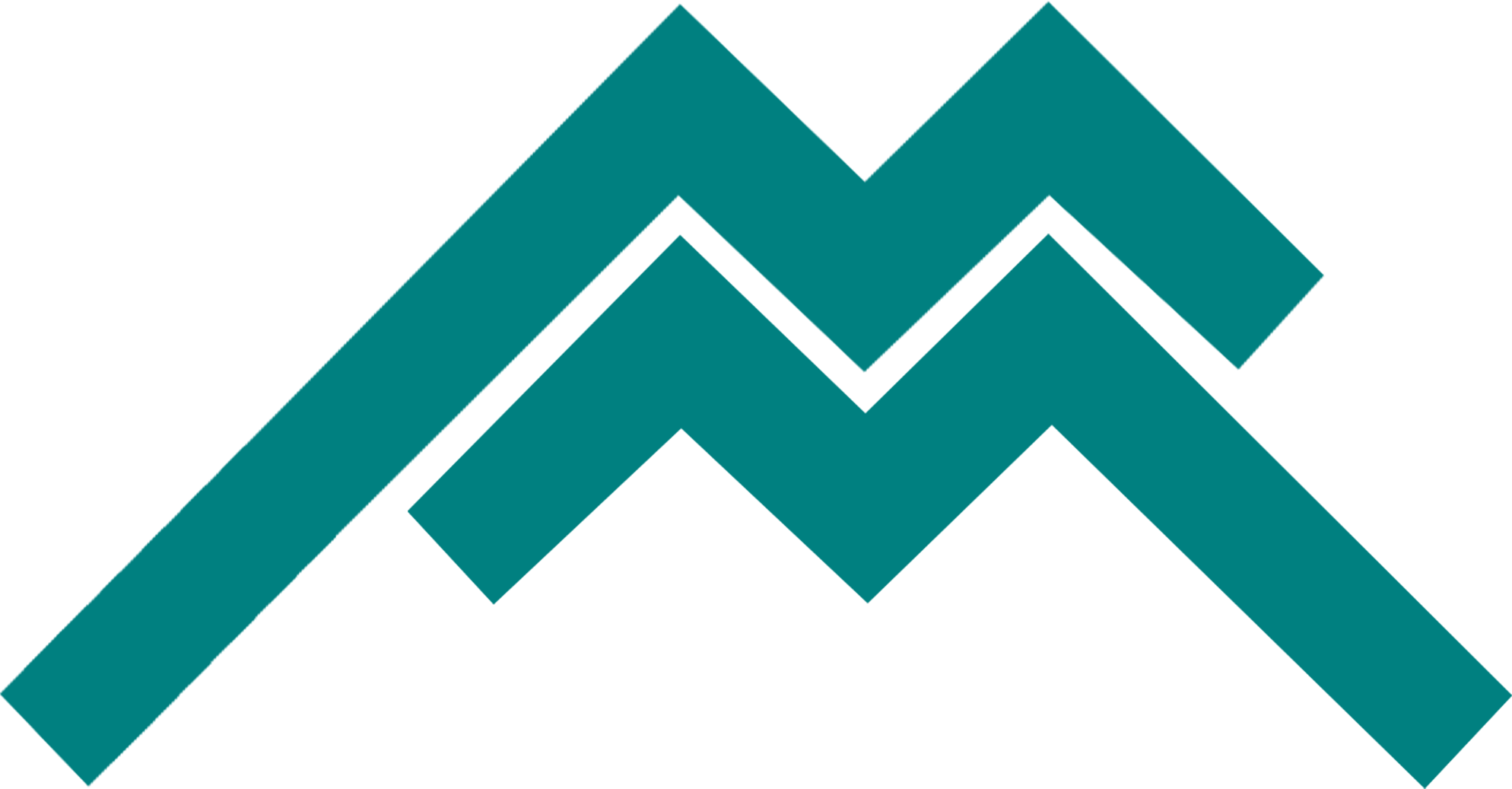

If your child has an articulation disorder, they: have problems making sounds and forming particular speech sounds properly (e.g. they may lisp, so that s sounds like th) may not be able to produce a particular sound (e.g. they can't make the r sound, and say 'wabbit' instead of 'rabbit')
Learn More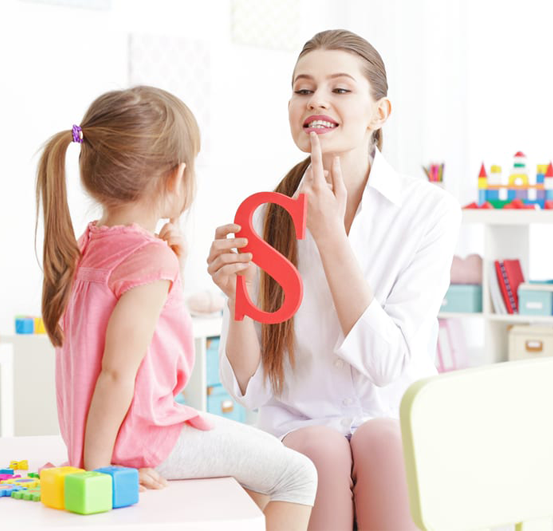
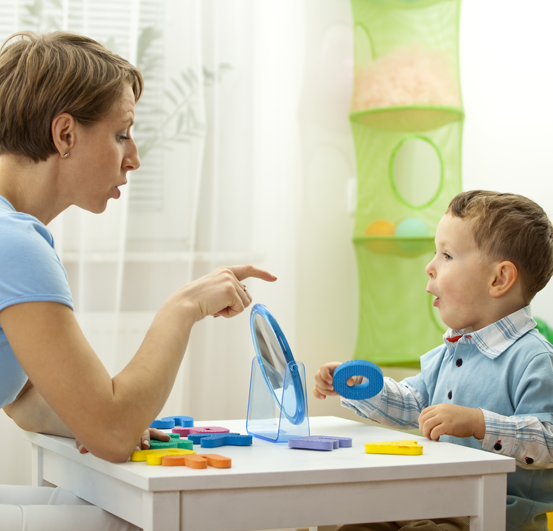
Apraxia is caused by brain disease or damage. It is when a child has difficulty with skilled movements, even when a person has the ability and desire to do them. The brain is unable to make and deliver correct movement instructions to the body. One type of apraxia affects speech. The brain struggles with lip, jaw, and tongue movements. Other types affect the accuracy of limb movements, response to verbal commands, and facial movements, such as winking.
Learn More
A child with receptive language disorder has difficulties with understanding what is said to them. The symptoms vary between children but, generally, problems with language comprehension begin before the age of three years. Children need to understand spoken language before they can use language to express themselves.
Learn More

Children with expressive language disorder have difficulty conveying or expressing information in speech, writing, sign language or gesture. (For preschool children, the difficulty expressing themselves in writing is not evident, as they have not started formal education.)
Learn More
Fluency disorder is an interruption in the flow of speaking characterized by atypical rate, rhythm, and
disfluencies (e.g., repetitions of sounds, syllables, words, and phrases; sound prolongations; and blocks),
which may also be accompanied by excessive tension, speaking avoidance, struggle behaviors, and secondary
mannerisms.
Stuttering, the most common fluency disorder, is an interruption in the flow of speaking characterized by specific types of disfluencies, including
repetitions of sounds, syllables, and monosyllabic words (e.g., “Look at the b-b-baby,” “Let’s go out-out-out”);
prolongations of consonants when it isn’t for emphasis (e.g., “Ssssssssometimes we stay home”); and
blocks (i.e., inaudible or silent fixation or inability to initiate sounds).
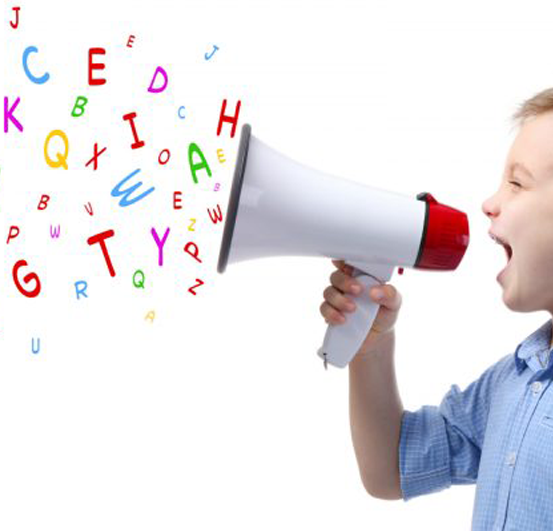

Phonological disorder is a type of speech sound disorder. Speech sound disorders are the inability to correctly form the sounds of words. Speech sound disorders also include articulation disorder, disfluency, and voice disorders.
Learn More
Autism spectrum disorder (ASD) is a complex developmental condition that involves persistent challenges in social interaction, speech and nonverbal communication, and restricted/repetitive behaviors. The effects of ASD and the severity of symptoms are different in each person.
Learn More

The DSM-5 redefined autism. Its predecessor, the DSM-IV-TR, included five Pervasive Developmental Disorders (PDDs): Autistic Disorder, Asperger's Disorder, Rett's Disorder, Childhood Disintegrative Disorder and Pervasive Developmental Disorder Not Otherwise Specified (PDD-NOS).
Learn More
Social skills are the skills we use everyday to interact and communicate with others. They include verbal and non-verbal communication, such as speech, gesture, facial expression and body language.
Learn More
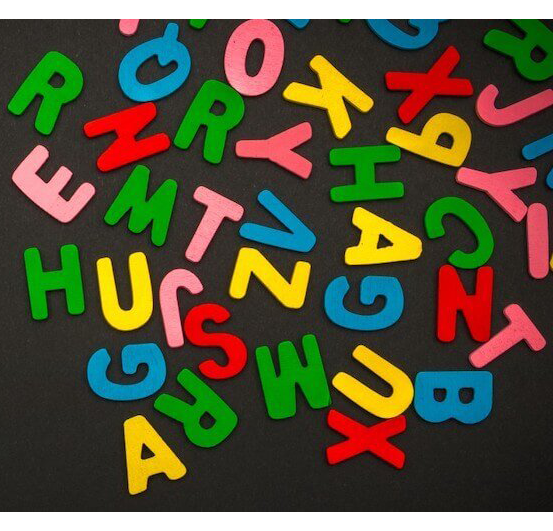
Labels for reading disorders include dyslexia, reading disability, reading disorder, specific reading disorder, andspecific reading comprehension deficit. Writing disorder labels also vary, with some being dysgraphia, writing disability, writing disorder, and specific writing disorder.
Learn More